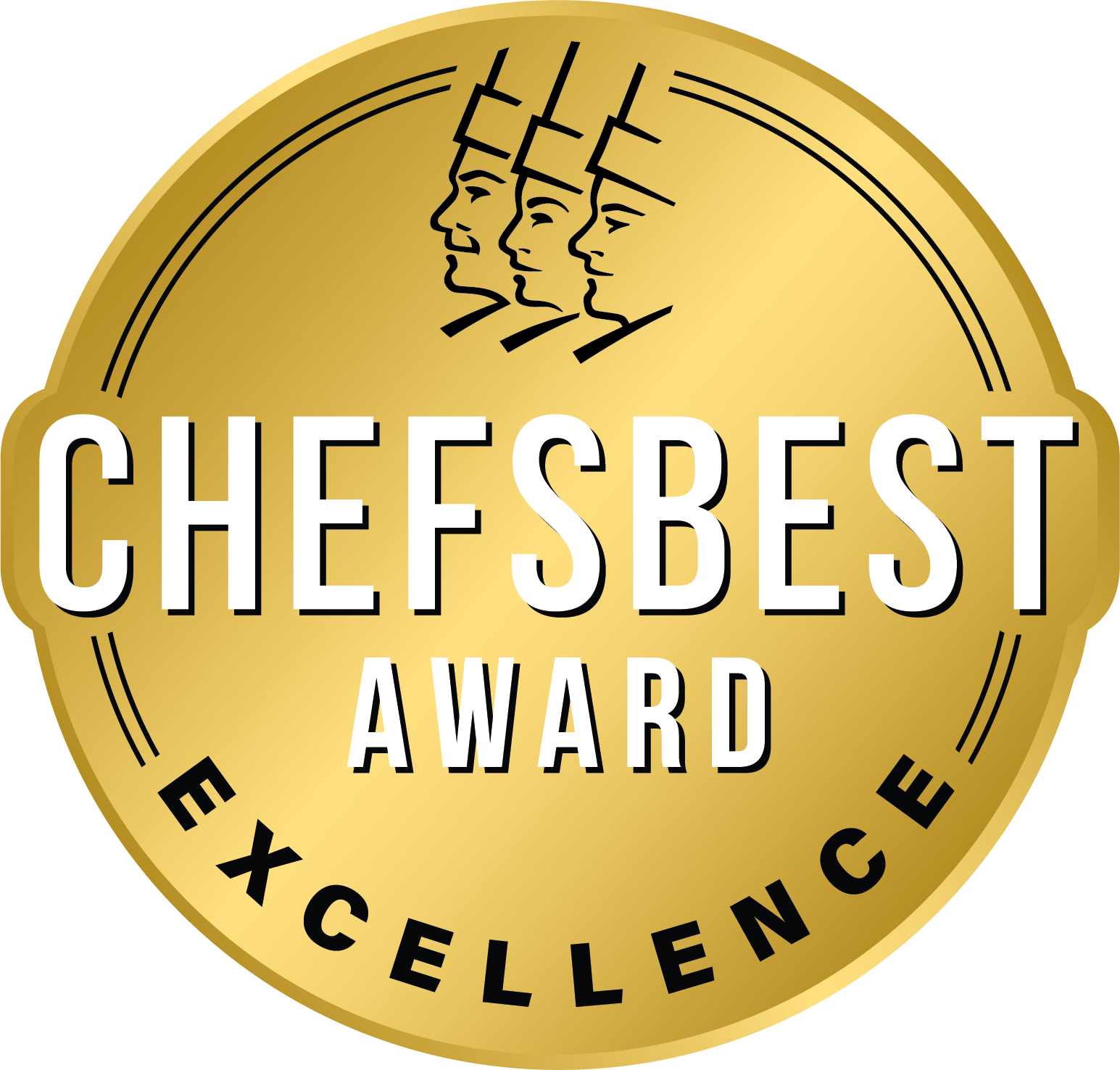Challenging Legacy Food & Beverage Brands through CPG Marketing

Learn how strategic CPG marketing can help new food and beverage brands challenge leading brands.
For new or startup companies, challenging legacy brands in the food and beverage industry can seem daunting. Some of these companies have dominated market shares for decades and their products are often household names. However, even chipping away a small portion of their market share can lead to huge revenue. Fortunately, current consumer habits have created an opportunity for new and startup brands to gain a foothold. And those that leverage these opportunities in their CPG marketing are more likely to gain an advantage over leading brand competitors.
Evaluate Consumer Values
Consumers today are very different from those who originally purchased from legacy brands. Younger generations, who are quickly gaining buying power, are much more discerning about the products they purchase.
Simply fulfilling a function isn’t enough for a product to be successful anymore. Many consumers today prefer to give their business to brands that promote authenticity, social awareness, and environmental awareness. Regardless of what a brand’s stance is on these issues, determining what consumers care about is key to building brand affinity.
When consumers develop an emotional connection to a brand, they’re more likely to trust that brand. And when it comes to trusted brands, the 2022 Edelman report showed that 67% of respondents were more likely to advocate for them. In addition, respondents were even more likely to pay a higher cost.
Whether it’s conveyed on the packaging or in various advertisements, communicating these values to consumers is essential. Sometimes it’s something as simple as the ChefsBest Excellence Award which provides substantiated third-party taste validation. Other times, it might be whole CPG marketing campaigns designed to promote authenticity.
Leverage Consumer Data When Developing Marketing Strategies
Analyzing consumer data can help brands make strategic decisions about marketing and growth strategies. Additionally, newer brands are often smaller than their legacy counterparts, meaning they can act fast and efficiently if an opportunity presents itself.
For example, many legacy brands that fail to adapt to changing consumer behaviors often end up losing market shares to newer brands. This was the case when eCommerce rose in popularity. Legacy brands that didn’t adapt to changing consumer behaviors weren’t as successful compared to newer brands that did.
Through CRM applications, social media, and/or analytics, brands can use data to generate shopping insights that will inform marketing strategies. Plus, while retailers often have access to more granular data, an omnichannel approach to sales and marketing can create additional data collection opportunities.
Use an Omnichannel Approach to Sales and Marketing
Between the fluctuating economy and the changes still reverberating through the CPG industry since the pandemic, it’s best not to store all your sales and marketing eggs in one basket.
When it comes to sales, this is about making sure products are always available for purchase. Thousands of grocery stores have closed their doors over the past few years. That means any products that were only available in those locations immediately had to find new retailers.
Brands that diversify their sales channels, however, are in a much better position to weather such changes. Additionally, those that make an effort to provide eCommerce options will benefit in several ways.
First, the growth of online grocery sales is predicted to exceed that of in-store sales by a significant margin over the next few years. If consumers are already in the habit of purchasing groceries online, then a lack of eCommerce options means missing out on substantial market shares.
Second, consumers today often review multiple online channels throughout the course of the buying process. Whether it’s looking at a brand’s website, a retailer’s website, or various social media platforms, having a diverse online presence creates more opportunities for consumers to discover, engage with, and purchase from a brand.
That’s one of the reasons why we produce various food marketing assets (images, recipes, videos, etc.) for our clients. Expertly curated online content can solidify brand identity, promote engagement, and lead to loyal consumers. All three of which are necessary to compete with legacy brands.
Want insight from an expert in the industry? Tune in to Standing Out in the Crowded Beverage Industry with Paul Voge of Aura Bora. In this episode of our podcast, Beyond the Shelf, the Co-Founder and CEO of Aura Bora shared common struggles for beverage brands and insights into using creative marketing to compete against legacy soda brands.
To stay up-to-date with trends and news in the food & beverage industry, follow us on social media: Facebook, Twitter, Instagram, and LinkedIn – and check out more of our blogs.
